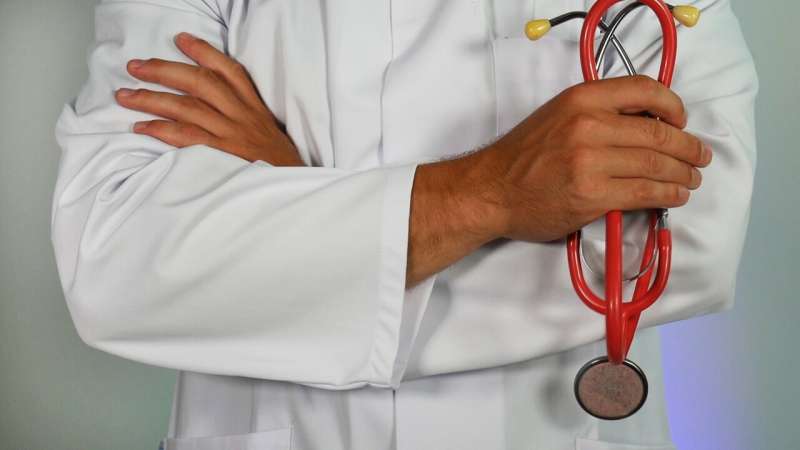Impact of Parental Vaccine Hesitancy on Childhood Immunization Rates

Vaccine hesitancy among parents poses a significant threat to childhood immunization efforts. Recent research from Finland highlights key factors influencing vaccination decisions and the importance of trustworthy communication in combating misinformation.
Vaccine hesitancy among parents remains a significant barrier to achieving optimal immunization coverage in children. Despite the proven effectiveness of vaccines in preventing serious infectious diseases, many parents harbor concerns rooted in fears of adverse effects and negative media coverage. A recent study by the University of Helsinki explored parental attitudes toward vaccinating their children against human papillomavirus (HPV) and influenza in Finland. The research found that while 83% of parents intended to vaccinate their daughters against HPV, actual vaccination rates reached 88%, indicating good uptake but also highlighting barriers such as safety concerns and misinformation. For influenza, although two-thirds of parents planned to vaccinate their children, only half followed through, citing reasons like the vaccine not being offered by public health nurses. Regional differences also influenced vaccination intentions, with factors like residence, maternal education, and trust in official sources affecting decisions. Social media plays a notable role in spreading misinformation about vaccines, exacerbating hesitancy. Parents tend to trust experts with scientific training, practical experience, honesty, and independence from pharmaceutical companies. Public health nurses at maternity and child health clinics are crucial frontline advocates for vaccination, and enhanced communication strategies can be developed based on these insights. Importantly, vaccine hesitancy is not new, but the proliferation of false information online has worsened the problem, contributing to the resurgence of preventable diseases eradicated decades ago. Vaccines remain one of the most effective public health tools for reducing child mortality and morbidity, but addressing hesitancy through targeted education and trustworthy communication is vital to improve coverage rates and safeguard community health. The ongoing challenges underscore the need for continuous efforts to combat misinformation and strengthen vaccine confidence worldwide.
Stay Updated with Mia's Feed
Get the latest health & wellness insights delivered straight to your inbox.
Related Articles
Molecular Mechanisms Underlying Memory and Learning in the Brain
New research reveals how calcium ion channels in neurons act as molecular memory units, influencing memory formation and synaptic plasticity, with implications for neurological disease treatments.
Are Steroids Sold in Australia What They Claim to Be?
Australian research reveals that most unregulated anabolic steroid products are mislabeled and contain harmful contaminants, posing serious health risks. Learn about the safety concerns and the need for stricter regulation.
Potential Medicaid Reductions Could Cause Over 16,500 Preventable Deaths Annually
Proposed Medicaid budget cuts in Congress could lead to over 16,500 preventable deaths each year, highlighting major health risks for low-income Americans.
A Historical Overview of Federal Investment in Basic Scientific Research
Explore the pivotal role of federal funding in shaping biomedical research in the U.S., from World War II innovations to modern genomic discoveries, and its impact on health and medicine.



